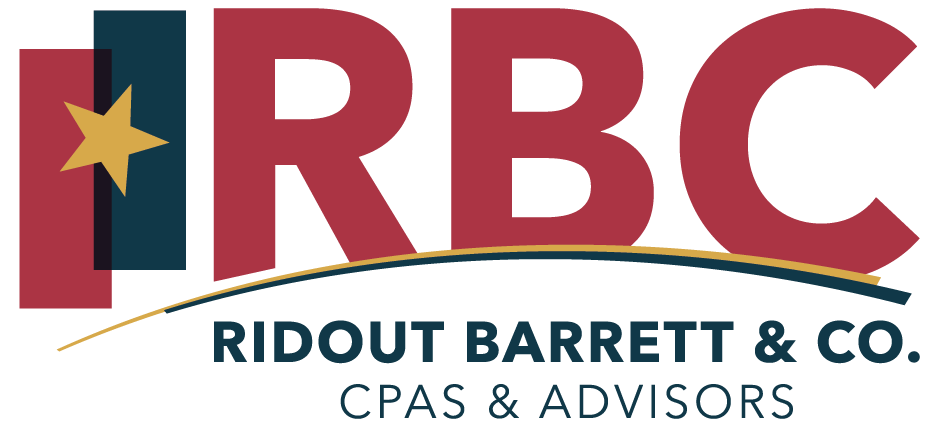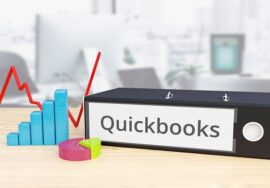The SBA steps in again: new rule makes changes to borrower forgiveness
The Paycheck Protection Program (PPP) saved thousands of small businesses from the worst of the pandemic. However, with principals coming due, thousands of businesses still have trouble paying back the loans or seeking forgiveness from the Small Business Administration (SBA).
Seeing the need for intervention, the SBA has stepped in again. In late July, the administration announced measures to expedite and ease loan repayments for businesses and nonprofits who borrowed $150,000 or less from the program and continue to have outstanding loans. Qualifying businesses that meet the criteria total 93% of all remaining loans that were made by the program, including over 6.5 million small businesses around the country.
The Interim Final Rule (IFR) comes as welcome news for businesses that took part in the PPP program, which has been widely successful in mitigating the effects of the pandemic. In total, the program offered more than 11.7 million loans, totaling more than $800 billion in financial relief, to 8.5 million small businesses.
So, what are the details of the new rule? The SBA’s announcement made three major changes to the way borrowers go through the loan forgiveness process:
A new forgiveness application portal
Starting August 4, 2021, the SBA said it would publish a forgiveness application portal to allow small businesses that borrowed money to apply for forgiveness directly with the administration, sidestepping the third-party lender that would traditionally collect payment. The portal is live at https://directforgiveness.sba.gov/.
Participation is not mandatory for lenders. However, more than 600 banks across the country have chosen to enroll in the program, allowing more than 2 million borrowers, or 30% of outstanding loans under $150,000, to go directly to the SBA for forgiveness.
The portal supports relief on two fronts: it gives smaller lenders that lack the capacity to set up a secure digital portal an option to support borrowers and it expedites the forgiveness process for borrowers.
The COVID Revenue Reduction Score
When borrowers applied for PPP loans at the height of the pandemic, one of the most common issues with applications was a lack of documentation that showed revenue reduction. As borrowers apply for forgiveness today, that gap in documentation is inhibiting the process.
To try and solve the issue, the SBA set up the COVID Revenue Reduction Score as a tool to retroactively confirm revenue reduction. For borrowers that choose to use the score, it can be used to fill in the gap in required documentation only if it is equal to or greater than what is required to validate their reduction in revenue. If it is less, then borrowers must provide other data and documents to satisfy the requirement.
The score is determined by a third party contracted by the SBA and considers variables such as the size of the business, the industry it works in, where the business resides, and data on the business’ return to normal operations.
Extended deferment for appeals
Prior to this announcement from the SBA, borrowers were responsible for the principal and interest on the balance of a loan from the date that the administration hands it off to a lender, regardless of whether the borrower appealed the administration’s decision on forgiveness.
The rule benefited lenders who wanted a return on their investment; however, it was problematic for small businesses that were forced to make loan payments while appealing a ruling on the forgiveness of that loan.
The recent IFR changes that. If a small business appeals a ruling on loan forgiveness within 30 days of the original decision, payments on the loan – whether directly to the SBA or indirectly to a lender – will now be deferred until the appeal is heard and a decision made. Only after the appeal is made to the department’s Office of Hearings and Appeals (OHA) and the office rules to either affirm the SBA’s decision or modify it must the borrower begin to repay the outstanding principal in addition to any interest.
Borrowers should note that under the IFR, they must inform the lender of the OHA appeal, and from that point, the lender will defer payment. The SBA or OHA will not notify the lender themselves, and if the borrower fails to do so, they will be liable for repayment under the terms of the previous rule.
While this article offers an overview of the changes to the SBA’s PPP loan forgiveness program, it is no substitute for speaking with an expert. If you would like to learn more about how these changes affect a business in your unique situation, reach out to our office at any time.
Let’s Talk!
Call us at (800) 443-4369 or fill out the form below and we’ll contact you to discuss your specific situation.Submit
- Should be Empty:
- Topic Name:

Ridout Barrett & Co PC has been providing professional accounting, tax and business advisory services to the local community for over 35 years. Forming partnerships with businesses of all sizes, our dynamic team is large enough to tackle complex challenges, but small enough to offer a personal approach. We stay true to our core values in what we do and how we do it.
- Quality
- Teamwork
- Integrity
- Fun
- Trust
We thrive on client communication and involvement. Our goal is to proactively address any issues our clients may encounter, so that we can stay on track to meet your business goals. Your business’s success is our greatest accomplishment.
To discuss how Ridout Barrett & Co PC can help you, please contact us.








